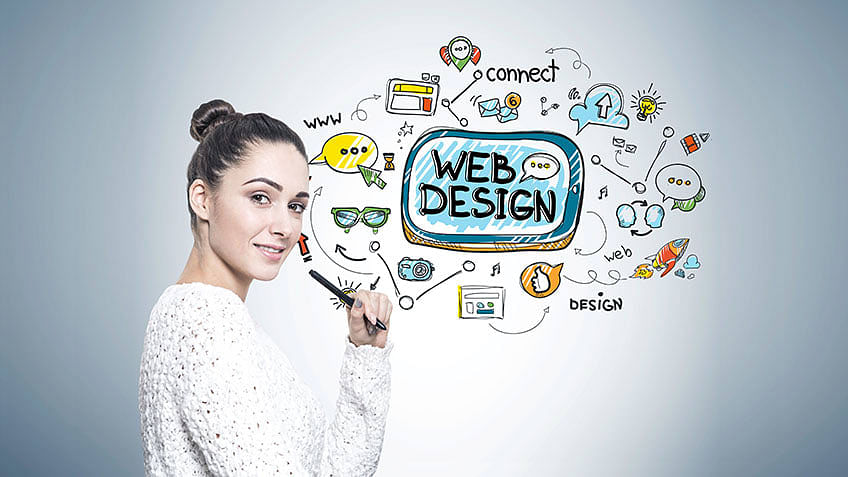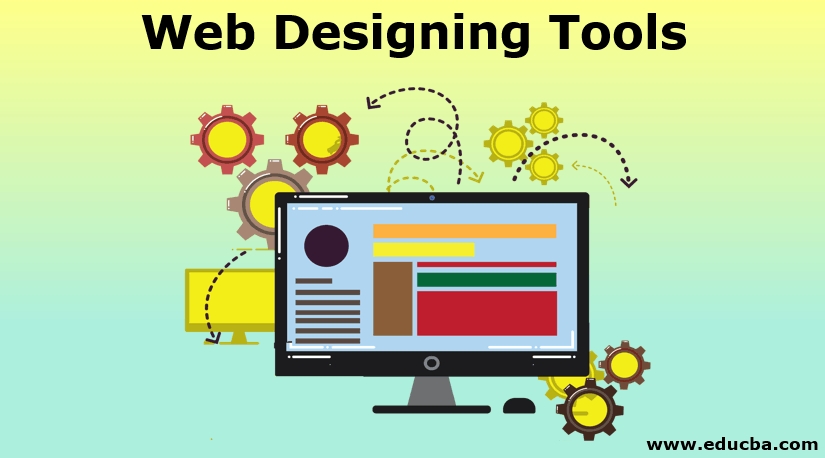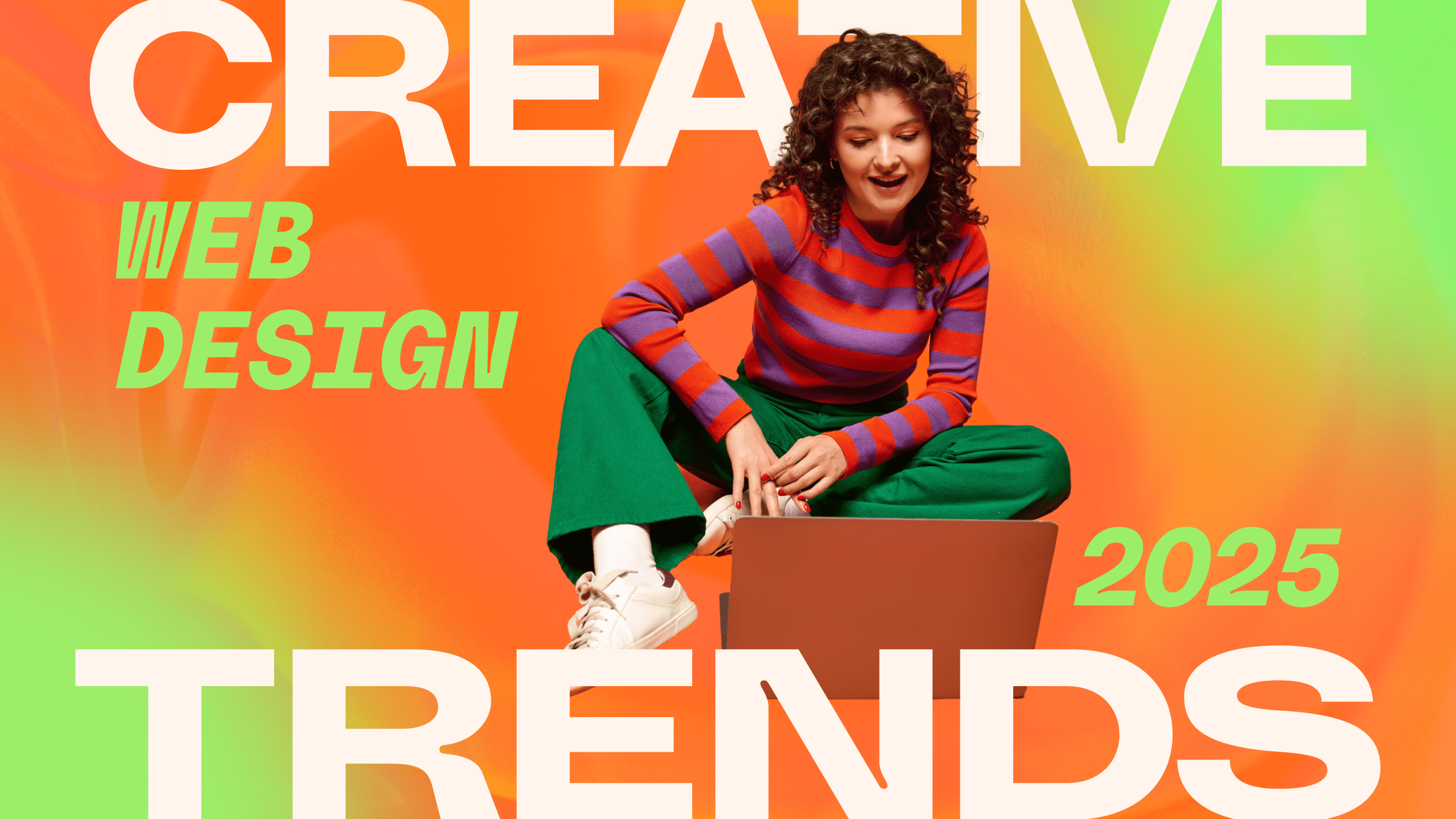Aligned Position Web Design: Stunning Websites Designed for Seamless User Experience
Wiki Article
The Finest Kinds Of Web Style to Boost User Experience and Involvement
In the ever-evolving landscape of digital interaction, the efficiency of Web design considerably impacts individual experience and interaction. Various layout methods, such as minimal, responsive, and interactive layouts, each deal one-of-a-kind advantages that can provide to diverse user demands. Recognizing which kinds of website design finest offer these objectives can be crucial for services aiming to boost consumer satisfaction and retention. Nevertheless, the question stays: which layout components truly resonate with individuals and foster purposeful interaction? The expedition of these concepts exposes crucial insights that might redefine your approach to website design.Minimal Website Design
As digital landscapes come to be progressively chaotic, minimalist Web style has actually become an effective method to improving customer experience. This design viewpoint focuses on simplicity, focusing on necessary elements while getting rid of unneeded interruptions. By making use of enough white space, uncomplicated navigating, and a limited shade palette, minimalist design fosters clearness and routes user focus to essential material.The core concept of minimal Web design is to create a seamless interaction for users. By lowering cognitive lots, customers can promptly grasp information without really feeling overwhelmed. This straight technique not only boosts use however also urges engagement, as site visitors are more probable to discover a site that is simple and aesthetically appealing to browse.
Furthermore, minimal layout often emphasizes typography and imagery, making use of these aspects purposefully to communicate messages efficiently. In significance, minimal Web layout is not just a trend; it is a thoughtful approach that identifies the value of user-centered layout.
Responsive Web Layout
In today's varied digital atmosphere, responsive website design has actually become important for producing a seamless individual experience throughout a plethora of tools. As individuals access web sites on mobile phones, desktop computers, tablet computers, and laptop computers, the capacity of a web site to adapt its design and material to various display sizes and resolutions is vital.Responsive website design employs versatile grids, pictures, and CSS media inquiries to make certain that Web material is offered efficiently, no matter the device used. This strategy not just enhances the aesthetic allure of a website but also dramatically enhances functionality. Customers are most likely to engage with a website that offers a consistent experience, as it gets rid of the stress of needing to zoom in or scroll exceedingly.
In addition, internet search engine, consisting of Google, focus on mobile-friendly sites in search rankings. By taking on receptive design, companies can enhance their visibility and get to a wider audience. This strategy likewise simplifies website upkeep, as a single variation of the site can accommodate all tools, lowering the requirement for multiple variations. In recap, responsive website design is a basic method that boosts user experience, involvement, and overall complete satisfaction.
Interactive Website Design
Receptive Web layout prepares for enhancing individual experience, yet interactive website design takes this a step further by engaging users in a more dynamic method - Aligned Position Web Design. By incorporating aspects such as computer animations, clickable prototypes, and real-time feedback, interactive Web design captivates individuals, attracting them into a richer browsing experienceThis approach not only fosters engagement yet likewise encourages customers to explore material actively instead of passively eating it. Strategies such as gamification, where users earn incentives for completing jobs, can dramatically improve the moment invested in a site and enhance total satisfaction. Furthermore, interactive features can simplify complicated details, making it a lot more absorbable and pleasurable.

Integrating interactive style aspects can likewise bring about higher conversion rates, as individuals are most likely to involve with a website that proactively involves them. Aligned Position Web Design. Eventually, interactive website design transforms customer experiences right into memorable journeys, guaranteeing that site visitors return time after time
Apartment Design
Defined by its minimalistic technique, flat layout stresses simplicity and functionality, stripping away unnecessary aspects and concentrating on important features. This layout approach prioritizes functionality, making certain that individuals can browse user a fantastic read interfaces effortlessly and effectiveness. By using a clean visual, flat style eliminates the mess usually located in more ornate designs, consequently improving individual emphasis on web content and capability.The trademark of level design depends on its use bold colors, basic typography, and geometric shapes. These elements add to an aesthetically attractive interface that is both approachable and modern-day. Additionally, level style fosters a sense of clarity, allowing individuals to determine necessary activities and information without interruption.
Furthermore, level style is particularly effective in receptive Web layout, as its simpleness converts well throughout numerous tools and display dimensions. By concentrating on crucial features, level style not just satisfies customer requirements yet additionally encourages seamless communication, making it a crucial element of reliable Web design methods.
Flexible Website Design
Adaptive website design tailors the individual experience by producing several dealt with designs customized to different display dimensions and tools. Unlike responsive style, which fluidly changes a single design, flexible style uses distinct formats for details breakpoints, making sure ideal discussion on numerous platforms. This strategy permits designers to concentrate on the special features of each gadget, enhancing usability by supplying specifically what individuals need based upon their context.Among the primary advantages of flexible website design is its capability to optimize lots times and performance. By serving customized content and photos that fit the user's gadget, internet sites can decrease data usage and boost loading rates. This is specifically helpful for customers with slower connections or minimal information plans.

Furthermore, flexible layout promotes an extra constant and regulated branding experience. Considering that designers create numerous formats, they can make sure that the aesthetic aspects line up with the brand name's identification across different systems - Aligned Position Web Design. This results in a natural user experience, enhancing interaction and promoting individual retention
Conclusion
Finally, the integration of minimalist, responsive, and interactive website design concepts dramatically enhances customer experience and engagement. Minimalist style promotes quality and focus, while receptive layout guarantees adaptability throughout different gadgets, promoting availability. Interactive design astounds individuals through dynamic aspects, urging exploration and customization. Collectively, these style approaches add to the production of easy to use atmospheres that not just boost contentment but likewise drive greater conversion rates, highlighting their vital value this post in modern Web layout approaches.
Minimal design cultivates clarity and emphasis, while receptive layout ensures versatility across different tools, advertising access. Collectively, these style comes close to contribute to the creation of user-friendly settings that not just boost satisfaction however likewise drive greater conversion rates, highlighting their important significance in modern Web style techniques.
Report this wiki page